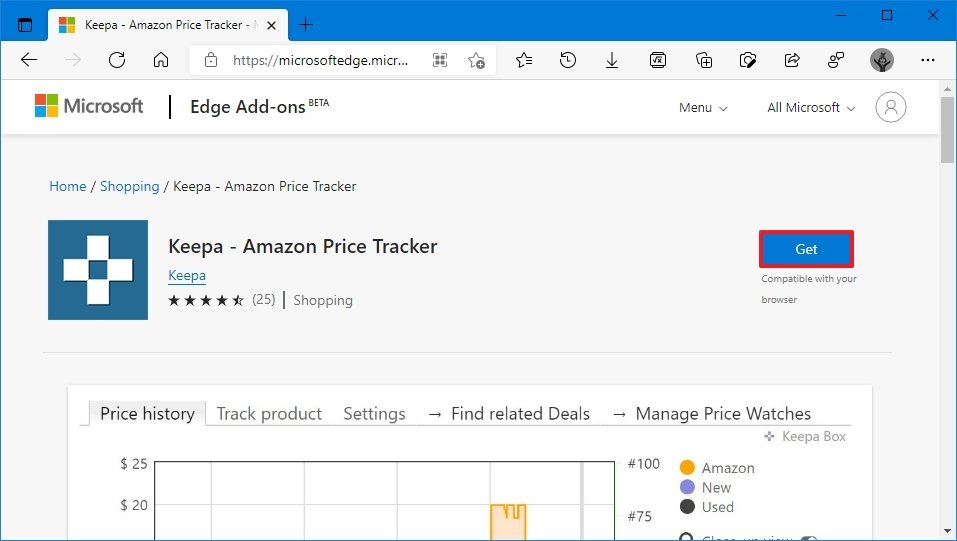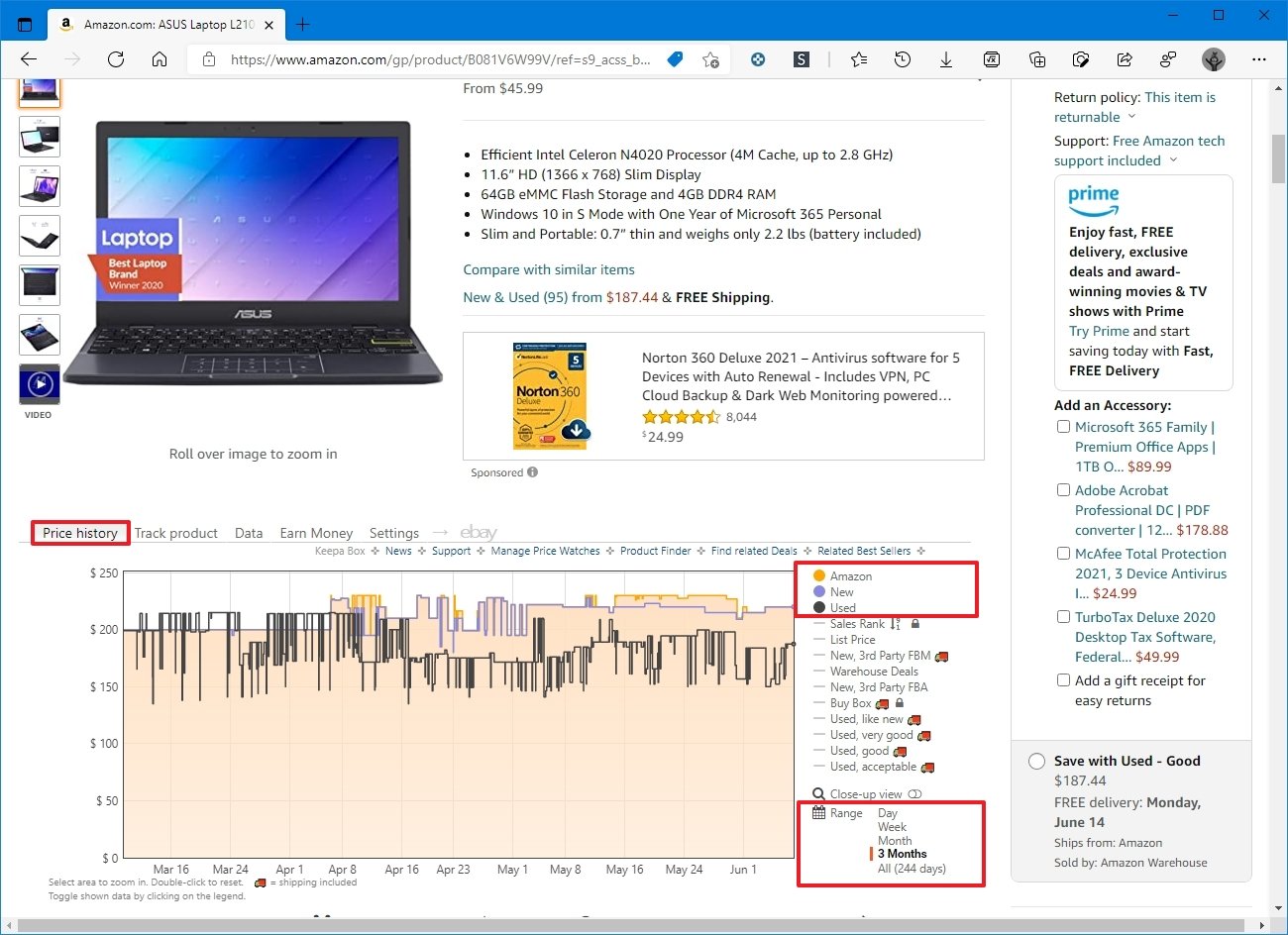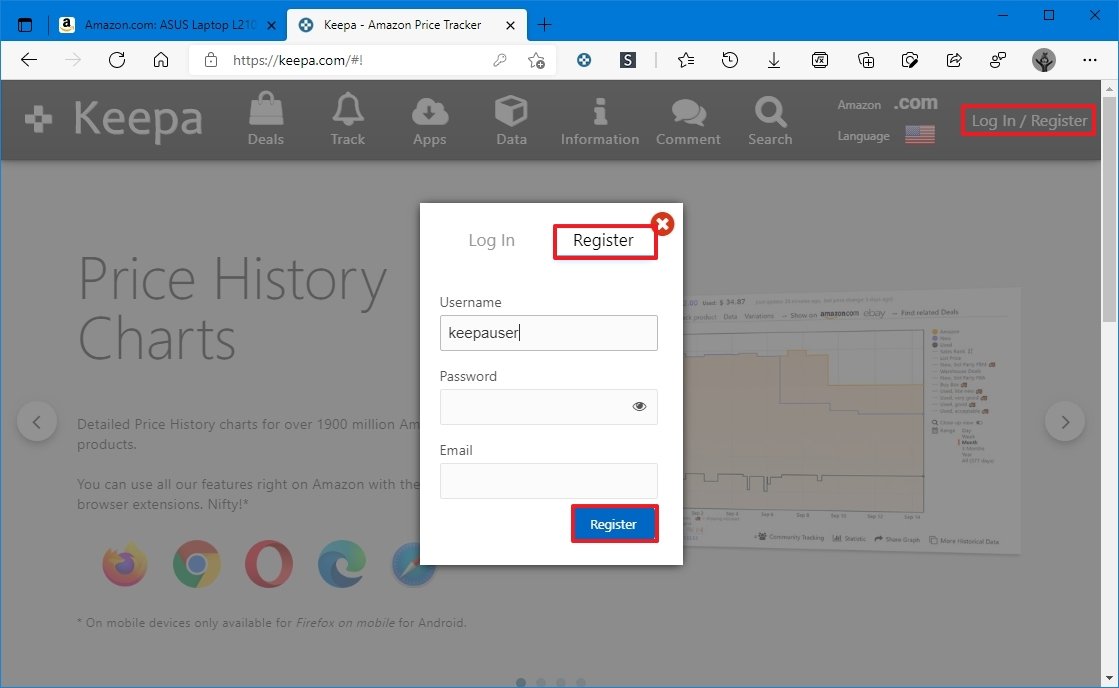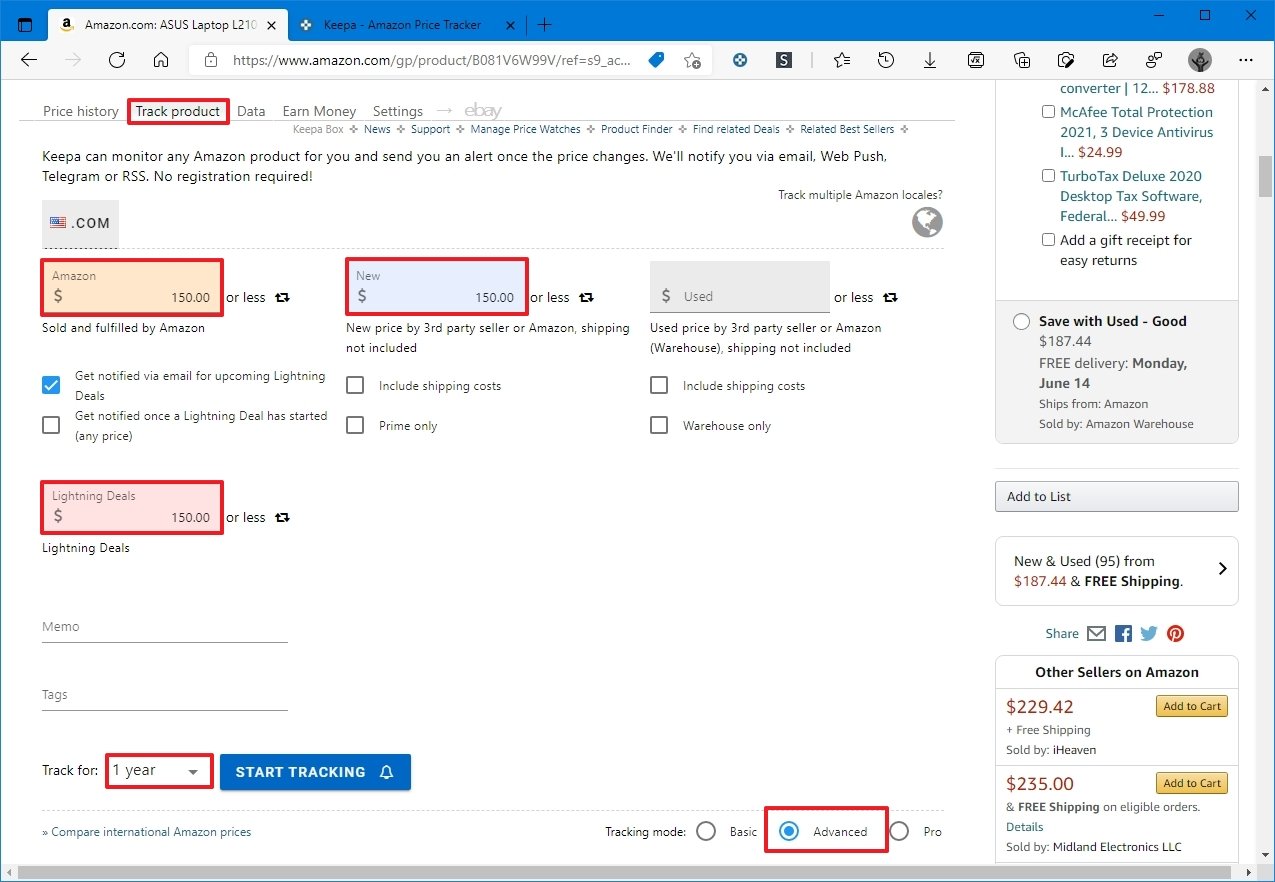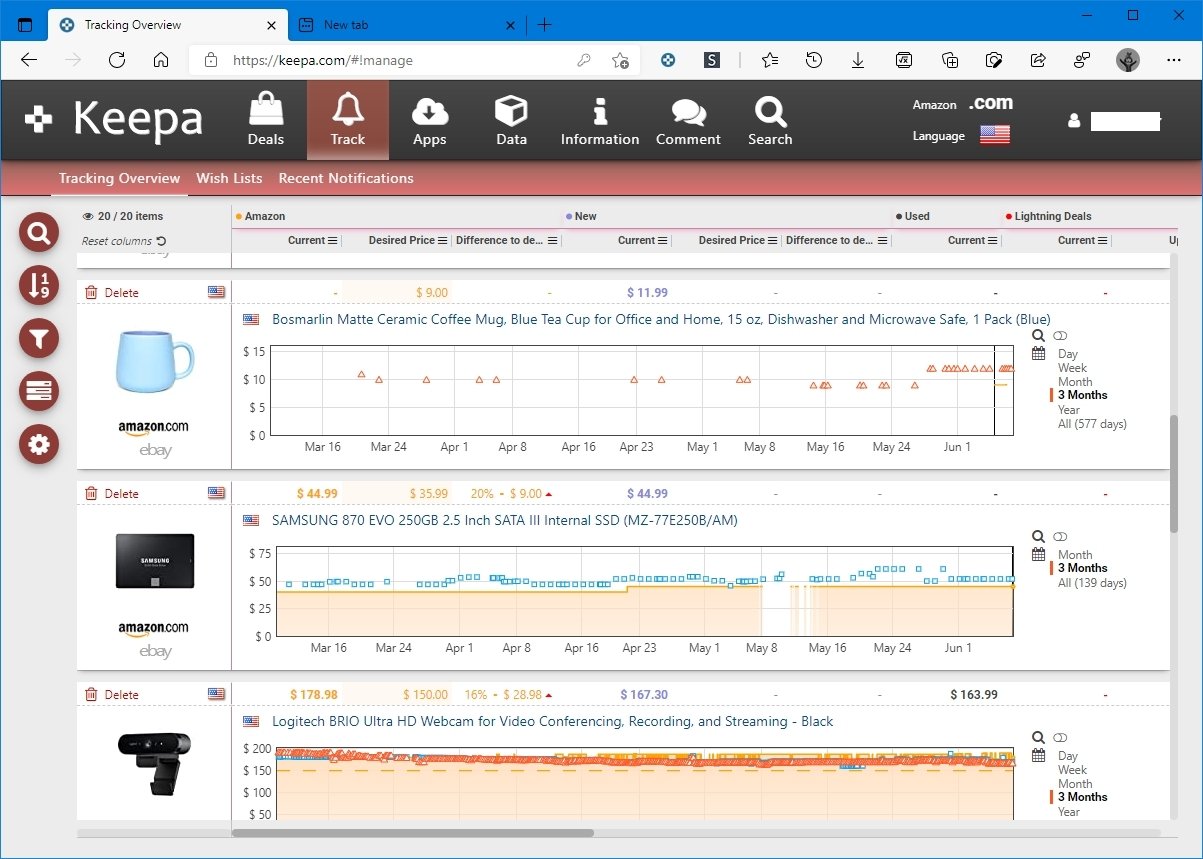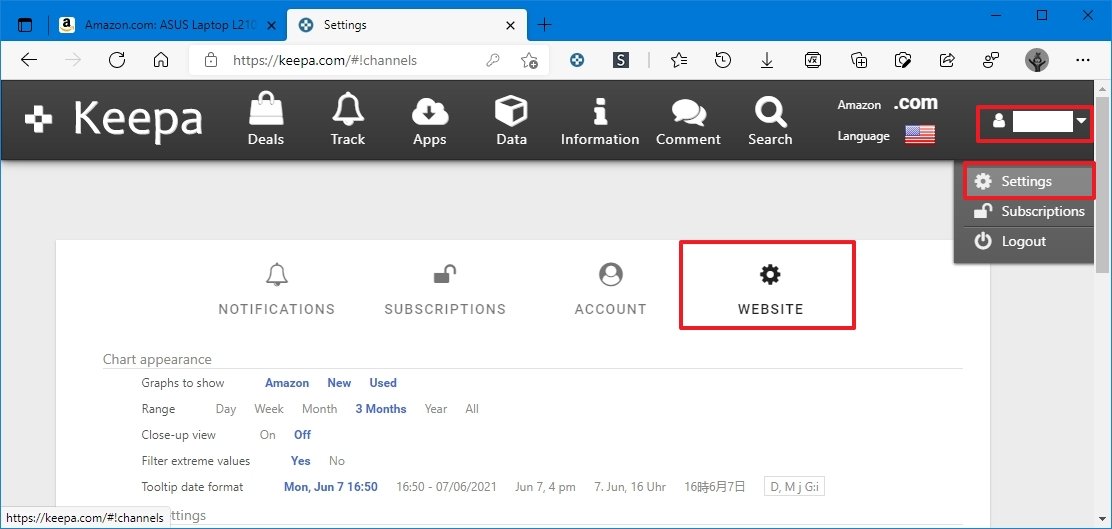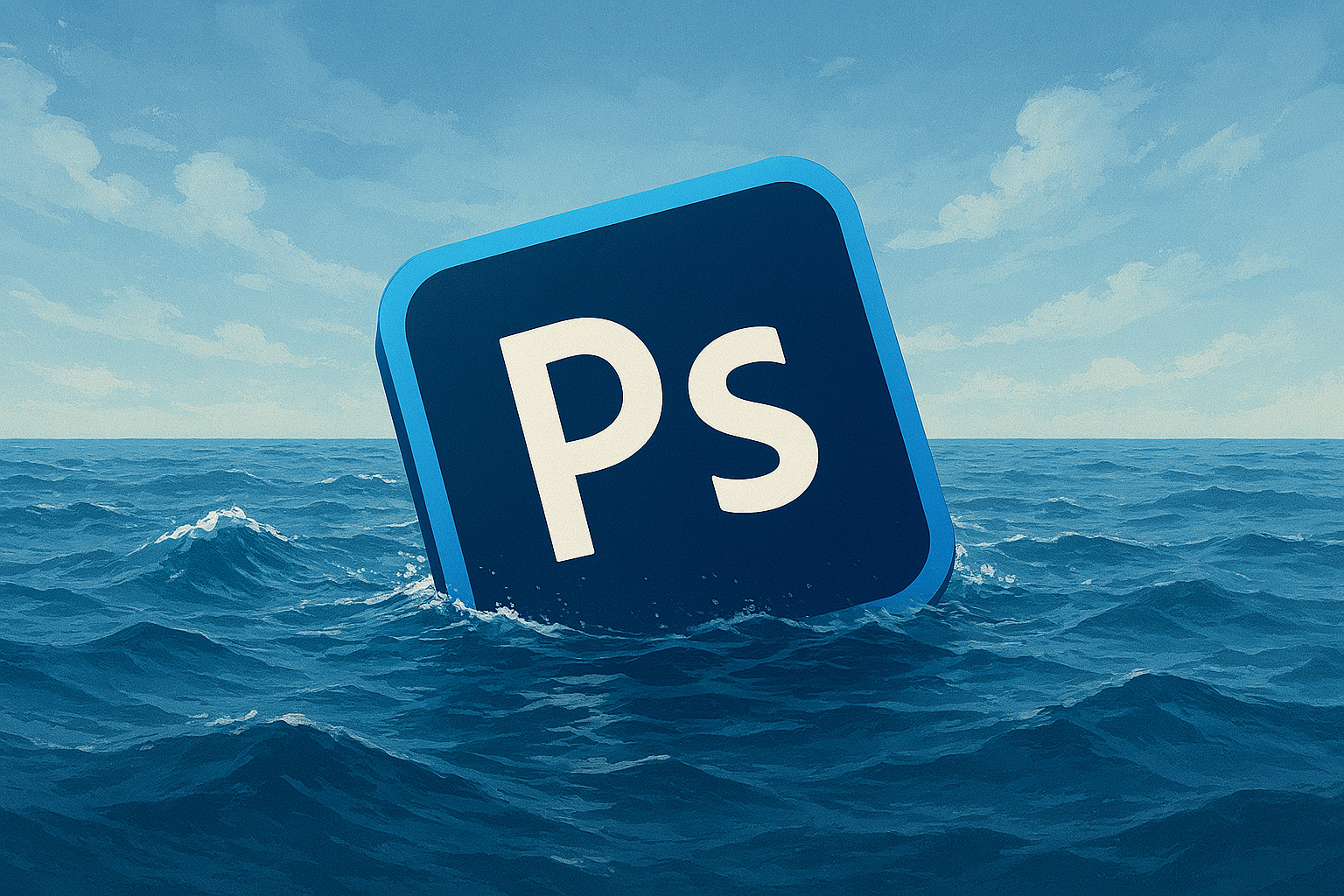Keepa browser extension can help you find the very best Prime Day deals
In 2021, Amazon Prime Day is happing in June, and if you plan to shop during the sales event, you can use this guide to use Keepa to check product price history to make sure the deal is worth it.
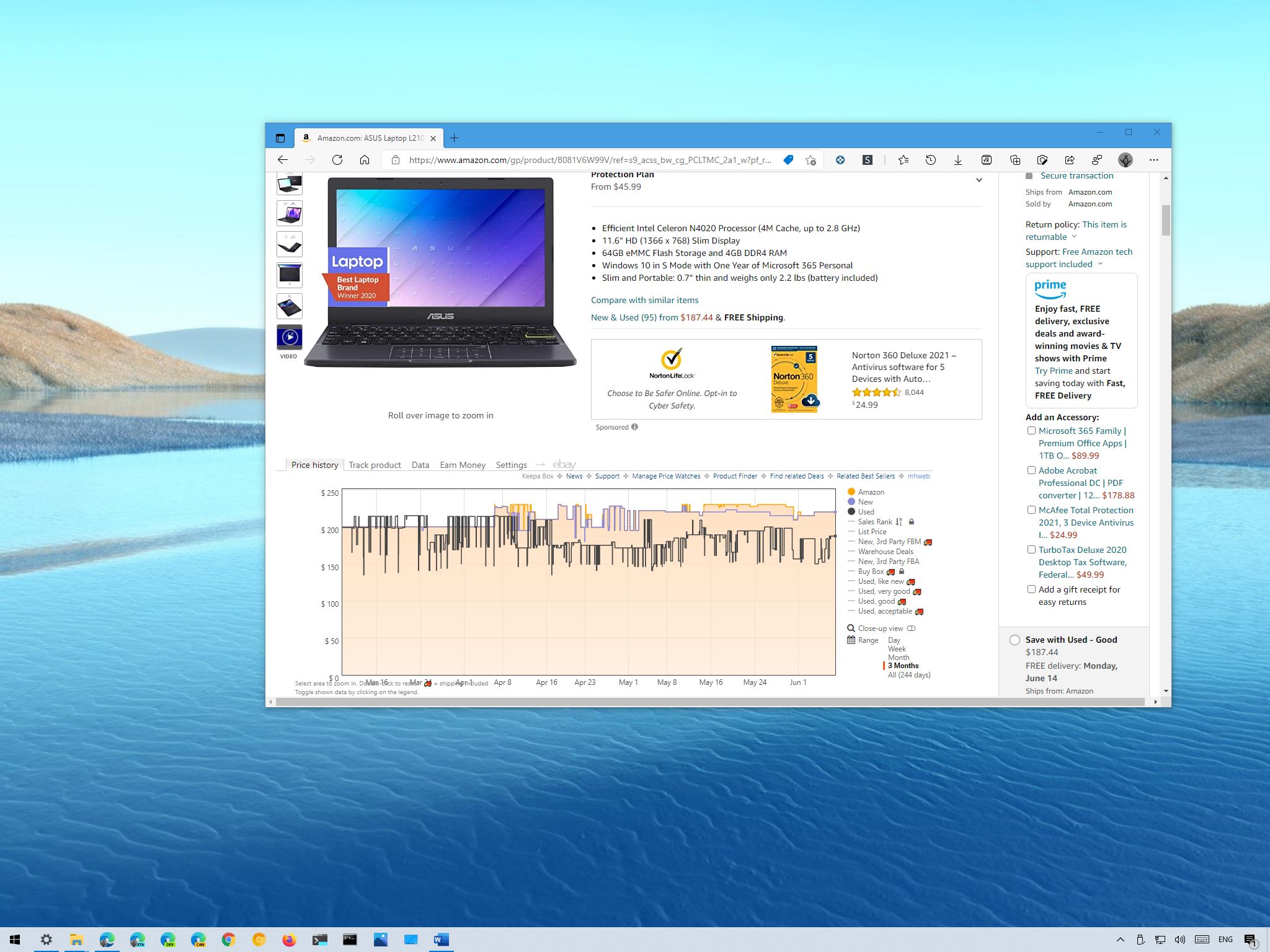
Amazon plans to host its Prime Day sales event on June 21 and 22 this year. Although the online retailer is expected to offer deep discounts, sellers usually tend to change prices often (or compare a discount to the original price), making it seem like you are grabbing a good deal, and this is when the Keepa extension can help you skip unworthy discounts.
Keepa is a freemium service that can track the prices of Amazon products. The service works best with its browser extension (for Microsoft Edge, Chrome, and Firefox) that embeds the information the price history on every product page. So if you find an amazing deal, you can review the price history to determine how it changed over time to help make a more informed decision.
While you can use the extension without even signing into Amazon, you'll need an Amazon Prime subscription to get those Prime Day deals. The membership goes for $119 per year (or $12.99 per month), but in addition to accessing the biggest discounts of the year, you also get many benefits, including free and faster shipping, access to the company's video, music, and gaming stream services, and many other perks. If you never used Prime before, the company also offers a free trial, which you can use to shop during the 48-hour event, and later, you can decide to continue or cancel the subscription.
In this Windows 10 guide, we will walk you through the steps to use the Keepa extension to view the price history of an Amazon product to shop with confidence during the Amazon Prime Day event.
- How to install Keepa on web browser
- How to check Amazon price history with Keepa
- How to track Amazon price with Keepa
- How to change Amazon price settings with Keepa

The best way to get the most from Amazon
If you buy anything from Amazon, you're missing out without the subscription. In addition to fast free shipping on most products and exclusive access to Prime Day deals, the Amazon membership also includes free streaming TV and movies, free digital books and magazines, unlimited music streaming, and photo storage for a low monthly price.
How to install Keepa on web browser
The Keepa extension is available for all major browsers, including Microsoft Edge, Google Chrome, and Mozilla Firefox. You can use the instructions below to install the extension on your browser of preference.
Installation for Microsoft Edge
To install Keepa on Microsoft Edge, use these steps:
- Open Microsoft Edge.
- Open the Edge Add-ons store to install Keepa.
- Click the Get button.
- Click the Add extension button.
Installation for Chrome
To add Keepa to Chrome, use these steps:
All the latest news, reviews, and guides for Windows and Xbox diehards.
- Open Google Chrome.
- Open the Chrome Web Store.
- Click the Add to Chrome button.
- Click the Add extension button.
Installation for Firefox
To install Keepa in Firefox, use these steps:
- Open Mozilla Firefox.
- Open the Firefox Add-Ons store.
- Click the Add to Firefox button.
- Click the Add button.
Once you complete the steps, Keepa will install to start checking the price history of products during the Amazon Prime Day 2021 sales event.
While we outline the steps for the three most popular browsers, Keepa is also available for other browsers, including Safari and Opera.
How to check Amazon price history with Keepa
To check Amazon products price history with Keepa, use these steps:
- Open Amazon in your browser.
- Sign in with your Amazon account (if applicable).
- Open the product page you want to purchase during Prime Day.
- Check the Keepa embedded information block below the product description.
- Click the Price history tab.
The Price history tab shows a graph with the product's price history from Amazon and third-party sellers. However, you usually want to focus only on the information sold and fulfilled from Amazon, the orange graph.
The light purple graph shows the price history from third-party seller products. Also, by default, a dark graph displays the price for used items, and the data can be from Amazon or third-party sellers.
You can always toggle the views to focus on the price history from a specific type of seller.
The extension also provides other pricing data, such as from Amazon Warehouse deals, third-party sellers with fulfillment by the merchant, different types of conditions, and more.
At the bottom, you can also change the range for the price to a "day," "week," "three months," and the "all" option will show all the historical data for a specific product.
Once you review the data, you can determine whether the price was recently increased and then lowered to make it seem like you are getting a good deal. Or if the price has a great discount, but when compared to the original price, which may not be a good deal, if the regular price is in part with the Prime Day offering.
How to track Amazon price with Keepa
You do not have to create an account to use the service, but with a Keepa account, you can track prices and receive alerts as soon as the product drops to your desired price.
Create Keepa account
To sign up with Keepa to track prices during the Amazon Prime Day event (and beyond), use these steps:
- Open Keepa on the web.
- Click the Register button in the top-right.
- Click the Register tab.
- Confirm the account details.
- Click the Register button.
Once you complete the steps, you can create trackers for virtually any product available on Amazon.com.
Create Keepa tracker
To track Amazon product prices with the Keepa service, use these steps:
- Open Amazon on the web.
- Sign in with your account information (if applicable).
- Search for a specific product on Amazon — for example, Surface Laptop 4 or Dell XPS 13 laptop.
- Click the Track product tab just below the product description.
- Select the Advanced option for the tracking mode at the bottom of the tab.
- In the orange box, confirm the price you want to pay for the product sold and fulfilled by Amazon.
- In the light purple box, confirm the desired price by a third-party seller.Quick tip: As you click the price box, a list will suggest some price recommendations you can use.
- (Optional) In the gray box, confirm the price you want to pay for a used item.
- In the pink box, specify your desired price for a lightning deal.Quick note: A lightning deal is a promotion that provides a limited number of offers for a limited period. Usually, during Prime Day, Amazon places many lightning deals. As a result, it is recommended to use this option.
- Use the Track for drop-down menu and select how long you want to track the product price.Quick tip: If you want to track only Amazon Prime Day 2021 deals, you can select the "2 weeks" option. After that date, the tracker will be removed from the account.
- Click the Start tracking button.
After you complete the steps, Keepa will monitor the product's price, and you will receive an email (or phone alert if you are using the mobile app) as soon as it reaches your desired amount.
You will have to repeat the steps to track additional items if you want to see the products you are tracking if you don't log into your Keepa account on the web.
In your account, you can view all the trackers. You can sort and filter items and customize the view using the left navigation pane options. You can even delete trackers when you no longer need them.
How to change Amazon price settings with Keepa
Alongside the ability to track prices, Keepa also includes settings to personalize the experience.
To change the Keepa extension settings, use these steps:
- Open Keepa on the web.
- Sign in with your account details (if applicable).
- Click the user account menu in the top-right and select the Settings option.
- Click the Website tab.
- Under the "Chart appearance" section, you can customize several settings, including:
- Graphs to show — Specifies which sellers you want to see in the "Pricing history" tab by default.
- Range — Sets the default time range for the price history.
- Filter extreme values — Removes extremely high prices from the historical data.
- Under the "Tracking settings" section, you will find the tracking settings, including:
- Tracking mode — Changes the mode to "Basic," which only tracks prices. The "Advanced" option enables you to set additional monitoring settings. If you plan to shop during Prime Day, you should use the Advanced option.
- Desired price reduction preset — Specifies the default percentage reduction price when creating a tracker.
- Merchants to prefill with desired prices — Automatically sets the prices when preferred sellers based on the desired price reduction preset.
- Track for — Specifies the default time range when creating a new Amazon price tracker.
- Alter rearm timer — Allows you to receive alerts after the price already reaches the lower price.
- (Optional) Under the "Add-on settings" section, you can customize various style aspects of the extension, such as vertical and horizontal sizes, default view, and more.
- Click the Notifications tab.
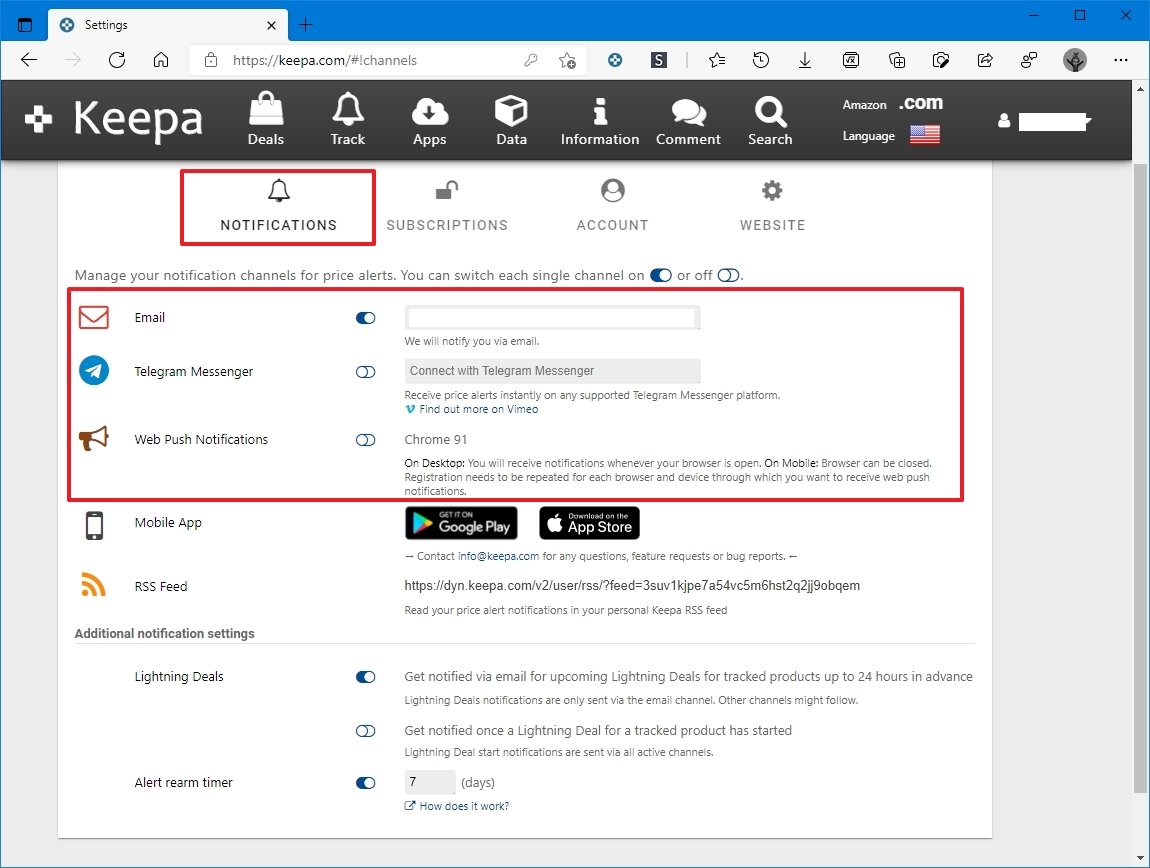
- Select the options to get notified about price alerts — for example, email, telegram, web push notifications, or RSS feed.
Once you complete the steps, the changes will save automatically, and they will become the default settings.
We focus this guide on Windows 10, but you can refer to this guide to save time and money shopping on Prime Day in older versions of Windows, macOS, and even Linux.
More Windows 10 resources
For more helpful articles, coverage, and answers to common questions about Windows 10, visit the following resources:
- Windows 10 on Windows Central — All you need to know
- Windows 10 help, tips, and tricks
- Windows 10 forums on Windows Central

Mauro Huculak has been a Windows How-To Expert contributor for WindowsCentral.com for nearly a decade and has over 22 years of combined experience in IT and technical writing. He holds various professional certifications from Microsoft, Cisco, VMware, and CompTIA and has been recognized as a Microsoft MVP for many years.
